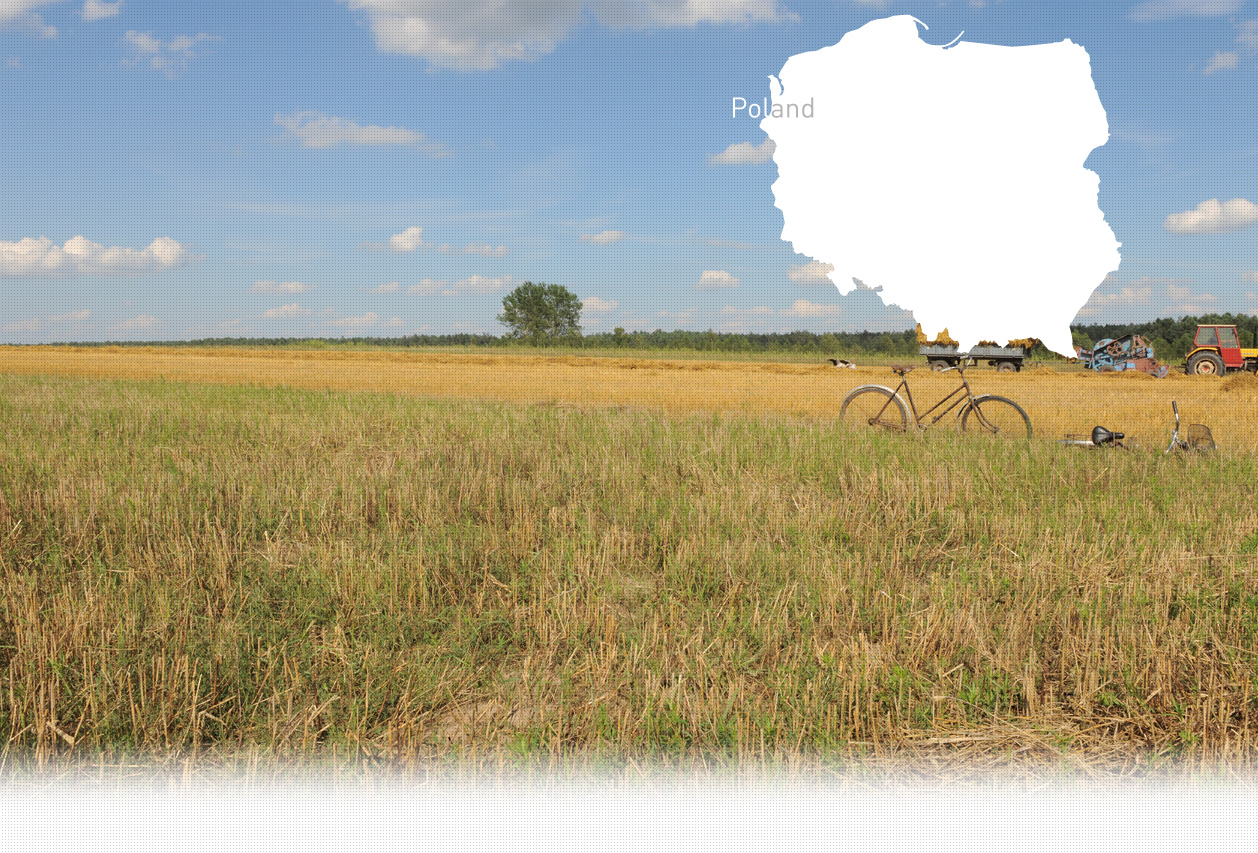

1 Killing site(s)
Henryka S., born in 1927, recalls: « We got there at the same time as these trucks. First, the Germans shot twice and next, we saw them placing the Jews in a row at the edge of the pit. They were standing there, one next to another, alongside the pit. When we saw that, we ran away. If the Germans saw us, they would have certainly killed us. It was forbidden to watch (…)” (Eyewitness n°306, interviewed in Pniewo, on May 10, 2014)
"On the 16th of August, 1941, (...), five German gendarmes came to Tykocin. As it turned out, Gestapo agents came soon after, with an instruction to kill all Jews from the town (...). On the next day, information was spread that it had been ordered to dig three deep large pits in the nearby forest. The digging was very fast because hundreds of village men were requisitioned to do it. The pits were twelve meters long, four meters wide and five meters deep (…)At 6pm on Sunday, 24th August, it was announced that all the Jews of Tykocin, except for the sick and disabled, must gather at the market square at 6 in the morning on 25th August (…)
Under pressure of time and whips, the Jews were chased to Jeżewo and further to Zawady village. They were forced to sing all the way. In Zawady, they were locked in a previously prepared school building. All the other people, who were transported by vans, were also taken there. A straight short way lead from Zawady to the Lopuchowo forest, where the pits already waited. As soon as all the Jews from the square were concentrated in Zawady, the last stage of the death march begun. A van full of Jews was coming to the school building every couple of minutes. The Jews were told they would be taken to a ghetto in Czerwony Bór. Instead, they were taken to the forest and thrown alive into the pits. The pits were 5 meters deep so there was no way out. The vans were running all day long and at dusk, the devilish work was done. The pit was filled in with people. Under the Germans’ supervision men from nearby villages threw soil and buried the Jews alive before night came." [AZIH 301/1971]
Lopuchowo is a village in the administrative district of Gmina Tykocin, in the Bialystok region. According to Yahad’s witnesses, there were no Jews living in the village of Lopuchowo. Yet, Tykocin, located about 8km from Lopuchowo, was one of the most important Jewish centers in Poland before the war. In fact, in the 18th century, the Tykocin Jewish community was the second most important after the community of Kracow. The first Jews arrived in Tykocin in the 16th century. Jews from Tykocin were great traders: they imported different products, such as cloth, roots, metals, fish, wines, etc. In 1886, the first Christian-Jewish elementary school was established in Tykocin. Right before the beginning of WWII, there were about 2000 Jews living in Tykocin (44% of the whole local population).
When the Germans occupied Poland in September 1939, they directly started to persecute the Jews in Tykocin. They stole their belongings and they imprisoned Jewish and Polish men in a local church for three days. The first German occupation didn’t last long because a few days later, the Soviets arrived in Tykocin. During the Soviet occupation, between 1939-1941, many Jews came to Tykocin to escape the German-occupied territory. The Germans reappeared in Tykocin in June 1941. The Jews had to wear white armbands with a star of David and were used for forced labor. On August 25 and 26, 1941, a mass execution of Jews from Tykocin took place in the Lopuchowo Forest. First, all of the Jews received an order to gather in the market place in Tykocin. There, a selection took place: young and healthy Jews were separated from the elderly. After the selection, the Jews were brought on foot to Zawady and locked up in a local school while awaiting the execution. From Zawady, they were led to the execution site where they were shot and buried in enormous mass graves dug by people from nearby villages: Lopuchowo, Hermany or Sierki. Around 2500 people were shot there and 150 were sent to the Bialystok ghetto. Only a few Jews from Tykocin managed to survive the massacre.
Do you have additional information regarding a village that you would like to share with Yahad ?
Please contact us at contact@yahadinunum.org
or by calling Yahad – In Unum at +33 (0) 1 53 20 13 17